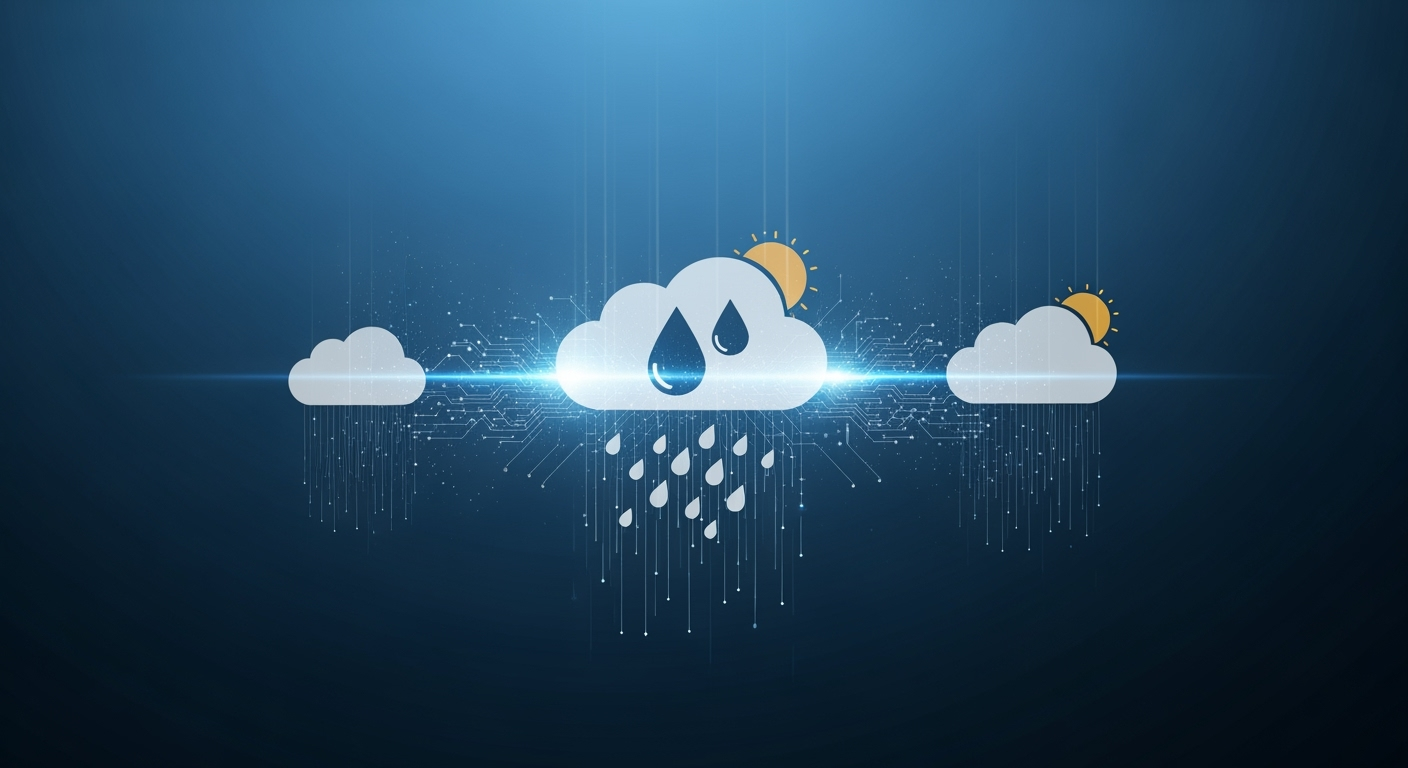Rainmaker and Atmo Team Up to Enhance Cloud Seeding with AI

AI-Driven Cloud Seeding: Rainmaker and Atmo Join Forces
In a significant move for weather technology, cloud seeding startup Rainmaker has announced a partnership with Atmo, an AI-powered meteorology company. This collaboration aims to leverage artificial intelligence and advanced data analysis to increase rainfall from existing clouds more efficiently and effectively.
How the Partnership Works
Atmo specializes in atmospheric forecasting, using deep learning models to analyze weather patterns and predict events with high accuracy. Rainmaker, on the other hand, focuses on extracting more precipitation from clouds through seeding techniques. By joining forces, Atmo will use its AI to pinpoint clouds that are most likely to respond positively to seeding, while Rainmaker will deploy its drone-based cloud seeding operations.
- Forecasting Synergy: Atmo provides detailed weather data, identifying optimal seeding opportunities.
- Operational Efficiency: Rainmaker uses this data to target its cloud seeding efforts, increasing the likelihood of boosting precipitation.
- Data Sharing: Rainmaker will share proprietary radar data with Atmo to help measure the success of each seeding event.
Cloud Seeding: Facts and Impact
Cloud seeding is a well-established technique primarily used to augment snowfall in the western United States, helping to replenish reservoirs. While some regions, like West Texas, utilize cloud seeding to enhance summer rainfall, results are often modest due to regional cloud dynamics. For example, the West Texas Weather Modification Association reports an average increase of about 15% in precipitation—roughly two inches per year—thanks to such initiatives.
Despite its proven benefits, cloud seeding remains a topic of debate and misinformation. Recent speculation linked Rainmaker's activities to severe flooding in Texas. However, atmospheric scientists have clarified that the impact of seeding is far too small to cause major floods. As Bob Rauber, professor of atmospheric sciences at the University of Illinois, explains, even in the best-documented cases, cloud seeding can release an extra 186 million gallons of precipitation—a fraction compared to the trillions of gallons in a large storm.
The Future of Weather Modification
The Rainmaker-Atmo partnership underscores a growing trend: using AI and data science to make weather modification more targeted and transparent. By combining advanced forecasting with precise seeding techniques, the companies hope to deliver more predictable results for water management, agriculture, and drought mitigation—while dispelling myths about the technology’s risks.





